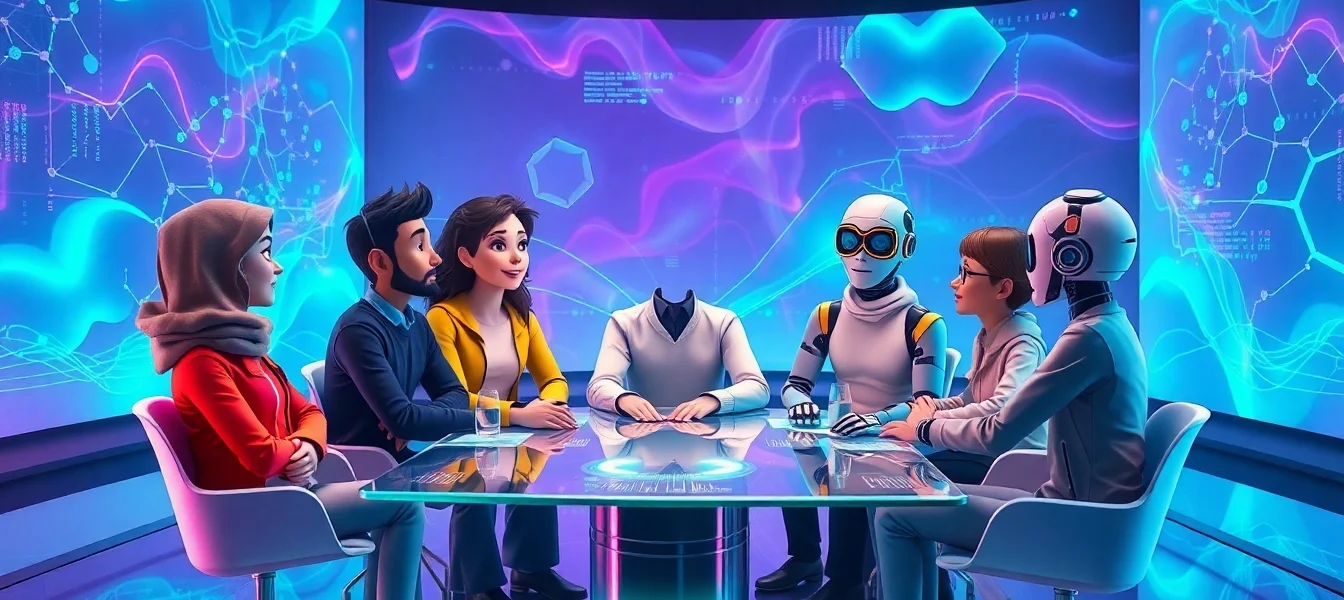Understanding the DILF Meaning: What It Is and Why It Matters in Modern Culture
Understanding the DILF Phenomenon: Its Origins, Cultural Significance, and Modern Implications
The term DILF has become a prominent part of contemporary slang, especially within social media, pop culture, and digital conversations. Originally emerging as a playful acronym, it now carries nuanced connotations that reflect evolving attitudes toward age, attractiveness, and masculinity. To truly appreciate the multifaceted nature of DILF, it’s essential to explore its origins, cultural impact, and how platforms like CrushOn AI are shaping modern dialogues around such terms. This article delves into the history, usage, and societal implications of DILF, offering insights into why it remains a relevant and evolving part of modern language.
The Origins of DILF: Tracing its Roots
What Does DILF Stand For?
The acronym DILF stands for “Dad I’d Like to F*,” a provocative phrase that combines humor, sexuality, and social commentary. Its emergence traces back to internet slang and meme culture in the early 2000s, gaining popularity through platforms like Urban Dictionary and social media channels. The phrase plays on the juxtaposition of traditional paternal roles with adult sexual attraction, often used humorously or flirtatiously.
Evolution from Pop Culture to Mainstream
Initially, DILF was a niche term within online communities, but it rapidly spread into mainstream pop culture through music, television, and celebrity discourse. Notably, the term gained visibility through comedic references and social media influencers, who used it to describe attractive, mature men perceived as embodying a blend of parental maturity and youthful attractiveness. Its playful yet provocative nature made it a versatile meme, often used to challenge conventional perceptions of age and attractiveness.
Cultural Significance of DILF in Social Media and Pop Culture
Social Media Trends and Memes
Platforms like Twitter, TikTok, and Instagram have played crucial roles in popularizing DILF. Memes, hashtags, and viral videos often feature the term, sometimes accompanied by images of celebrities or fictional characters that embody the archetype. The term has been embraced both humorously and as a compliment, reflecting a broader cultural willingness to commodify and sexualize age and maturity.
Celebrity Influence and Media Representation
Celebrities who are perceived as embodying the DILF persona—such as actors, musicians, and athletes—have contributed to the term’s mainstream appeal. Media outlets frequently highlight such figures in articles and social media posts, reinforcing the idea that attractiveness is not limited by age. This portrayal challenges traditional standards of youth-centric beauty, promoting a more inclusive view of attractiveness that encompasses maturity and confidence.
Pop Culture Icons and the DILF Archetype
From film to television, characters that fit the DILF archetype—mature yet appealing—are often cast as romantic interests or comedic figures. This reinforces the cultural narrative that attractiveness and desirability are fluid and multifaceted, transcending age boundaries. The archetype is also prominent in advertising campaigns targeting diverse demographics, further normalizing the concept.
Use of DILF in Different Contexts and Communities
Casual Conversations and Dating
Within casual conversations, especially among younger demographics, DILF is often used as a playful compliment or flirtation. It may be part of dating profiles, social media comments, or text exchanges where individuals express attraction to older, confident men. This usage reflects a broader societal shift towards more open discussions about attraction, age, and maturity.
Creative and Role-Playing Communities
Platforms like CrushOn AI exemplify how DILF is embraced in creative contexts. Users create or interact with AI characters that embody the DILF persona—mature, charismatic, and attractive—enabling roleplay, storytelling, and casual chat. These virtual interactions provide a safe space to explore fantasies, identities, and social dynamics without the constraints of real-world judgment.
Online Subcultures and Niche Communities
Some online communities, particularly within LGBTQ+ spaces or niche fandoms, adopt DILF as part of their lexicon to celebrate diversity in attraction and identity. The term is often used to challenge ageist stereotypes and promote inclusivity, emphasizing that desirability is subjective and multifaceted.
The Impact of Platforms like CrushOn AI on Conversations about DILF
Enhancing Engagement Through Customizable AI Characters
CrushOn AI offers users the ability to craft personalized AI characters, including the DILF archetype, with specific traits, backstories, and personalities. This customization fosters deeper engagement, allowing users to simulate conversations with virtual characters that embody their fantasies or explore social interactions in a controlled environment.
Memory and Context for Conversation Continuity
The platform’s advanced language models, such as GPT-4o mini and Claude 3.5 Sonnet, enable AI characters to remember past interactions, making conversations more natural and immersive. For example, a user can develop a storyline involving a DILF character, and the AI will maintain context across sessions, enhancing storytelling and role-playing experiences.
Multi-Character Group Chats and Cross-Device Accessibility
CrushOn AI supports group chats with multiple characters, allowing users to simulate complex social scenarios involving DILF characters alongside others. Accessibility across web and mobile apps ensures that users can engage with these virtual personas anytime, fostering a dynamic and versatile environment for creative exploration.
Broader Implications of Age-Related Terms in Modern Dating and Relationships
Challenging Ageism and Stereotypes
The popularity of terms like DILF reflects a shift in societal attitudes toward age and attractiveness. It promotes the idea that desirability is not solely confined to youth, encouraging a more inclusive view of attractiveness that values confidence, maturity, and personality.
Normalizing Diverse Attraction and Relationship Dynamics
Modern dating landscapes see increasing acceptance of age-gap relationships, with terms like DILF contributing to the normalization of attraction across different age groups. This evolution fosters open conversations about preferences, consent, and societal norms, paving the way for more diverse and accepting relationship models.
Addressing Myths and Misconceptions
Despite its playful origins, DILF sometimes faces misconceptions—such as reinforcing age stereotypes or objectifying individuals. It’s important to recognize that the term, when used respectfully, celebrates confidence and attractiveness beyond age, challenging outdated notions of desirability.
Myths and Misconceptions Surrounding DILF
Misconception: It Only Pertains to Men Who Are Fathers
While the literal interpretation involves fatherhood, the term’s usage has expanded beyond biological fathers to describe any mature, attractive man, regardless of parental status. Its primary appeal lies in the archetype of confidence and charisma rather than actual parenthood.
Myth: DILF is Objectifying or Degrading
Some argue that the term objectifies men or reduces them to their physical attributes. However, many use it affectionately or humorously, emphasizing admiration rather than objectification. Context and intent significantly influence whether its use is respectful or inappropriate.
Myth: It Reinforces Ageism or Stereotypes
Critics contend that celebrating older attractive men might reinforce stereotypes about aging or superficial standards. Conversely, proponents argue it promotes a more inclusive view of attractiveness and challenges ageist biases by highlighting desirability across age groups.
Conclusion: Embracing Diversity and Understanding in Modern Language
The evolution of the dilf meaning exemplifies how language adapts to societal changes, embracing diversity and challenging stereotypes. From its humorous origins to its role in modern digital interactions, DILF reflects broader shifts toward inclusivity, confidence, and open dialogue about attraction and identity. Platforms like CrushOn AI are instrumental in fostering these conversations, providing innovative ways to explore complex social dynamics within a safe, creative environment.
Understanding terms like DILF is crucial for appreciating the nuanced ways in which language evolves to mirror cultural attitudes. As society continues to embrace diversity in attraction and relationships, recognizing the significance of such terms helps foster respectful, open-minded conversations that celebrate individuality and confidence. Moving forward, the continued discussion around age-related terms will shape a more inclusive and understanding cultural landscape, where attraction is seen as multifaceted and ever-changing.

